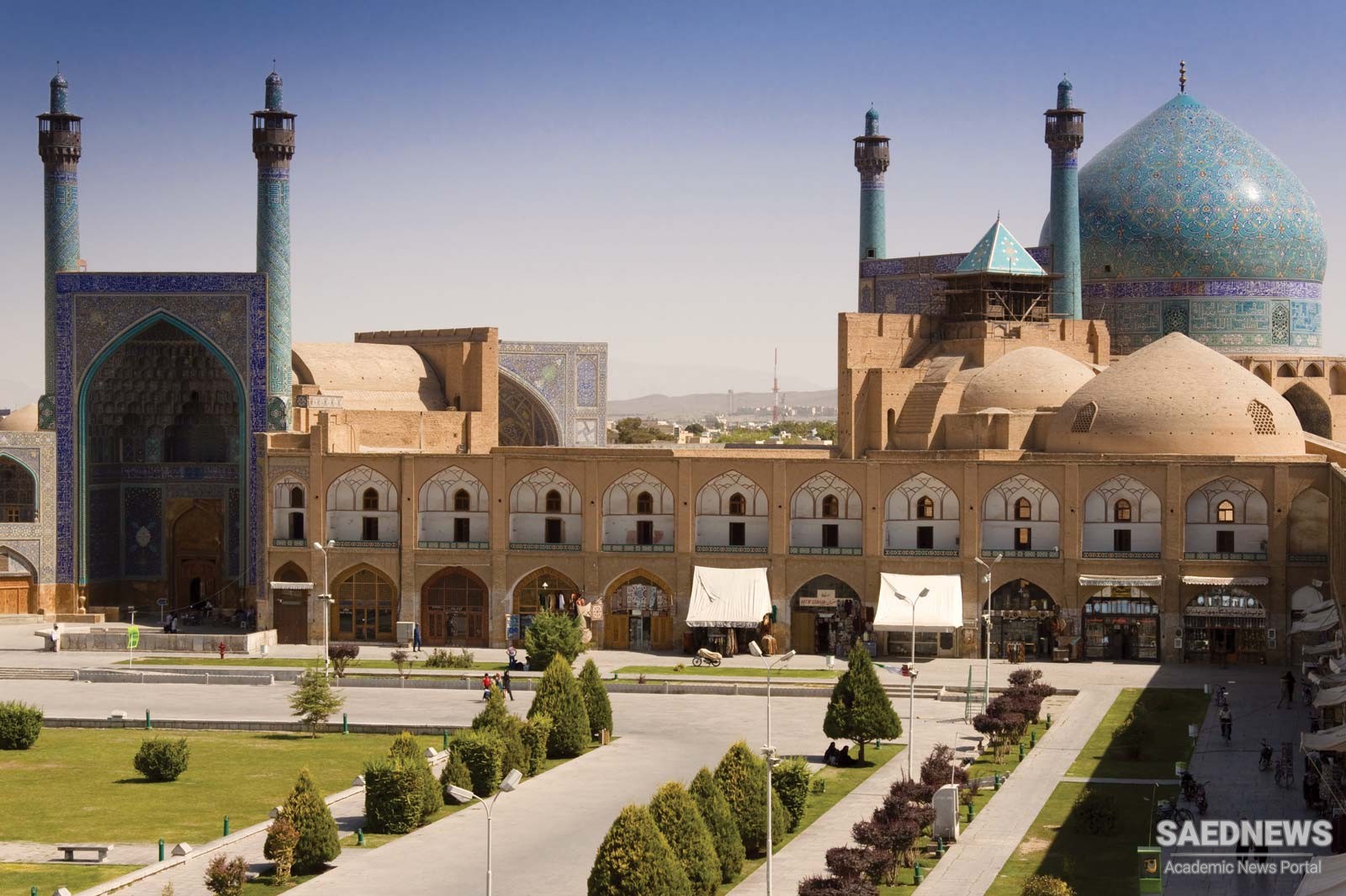Roger Savory asserts that their advent in 1501 was as important as the Arab and Mongol invasions in changing the course of Iran’s history. This may be somewhat exaggerated, as the Safavids were not invaders, like the two aforementioned groups; moreover, at the religious level, the changes they triggered were not as dramatic as those generated by the Arabs. However, it is a fact that after 1501 a new religious orientation was imposed on Iran by Shah Isma'il I (the first Safavid king). The official religion of the country became Twelver Shi'ism. This ideological transformation has usually been argued to have affected all Iranians, non-Muslims and Muslims alike. However, it has not been determined with clarity how the status of the non-Muslims was redefined.
Few historians have written on the topic, but most will agree that, by virtue of its Shi%ite character, Iran offers a new perspective for the study of non-Muslims in Islamic lands. Theoretically, Shiism and Sunnism did not enshrine identical views of non-Muslims, nor did the different Sunnite schools always agree about their status. Certainly, the territorial losses under Safavid rule and the earlier disruptions, after the conversion of the Mongols to Islam had the effect of changing the distribution of the non-Muslim population and weakening their communities more than ever. The most conspicuous occurrence was the reduction of the Christian population. Geographically, Mesopotamia with its various Christian populations was lost to the Ottomans. Moreover, as the Mongol rulers had failed to give them protection, the Nestorians had been exposed to many brutal attacks, some of which had been provoked by the Christians’ temporary ascendancy over the Muslims. Timur Lang’s carnage in Iran and neighbouring lands wrought much harm to what had remained of the Church of Iran.
The decline of the Christian population seems to have generated a vacuum in society, and, as is well known, the Safavids imported many skilled Christians from the Caucasus to Iran to compensate for this. The Armenians were to take over the role which Nestorians had played earlier as intermediaries between Iran and other states, distinguishing themselves in commerce, but the majority of the Georgians and Circassians converted and enrolled in the army. Moreover, as in the Ottoman Empire, many Christian women from the Caucasus were taken into the harems. As a result, Christians had some advantages compared with other religious minorities, who only rarely had a co-religionist in the court. Nonetheless, at the cultural level, both Jews and Zoroastrians were as active as the Christians. They were also less isolated than in the previous centuries, thanks to the numerous contacts that had been generated between Iran and the rest of the world.


 Middle East: Between Roman and Persian Empires
Middle East: Between Roman and Persian Empires














































